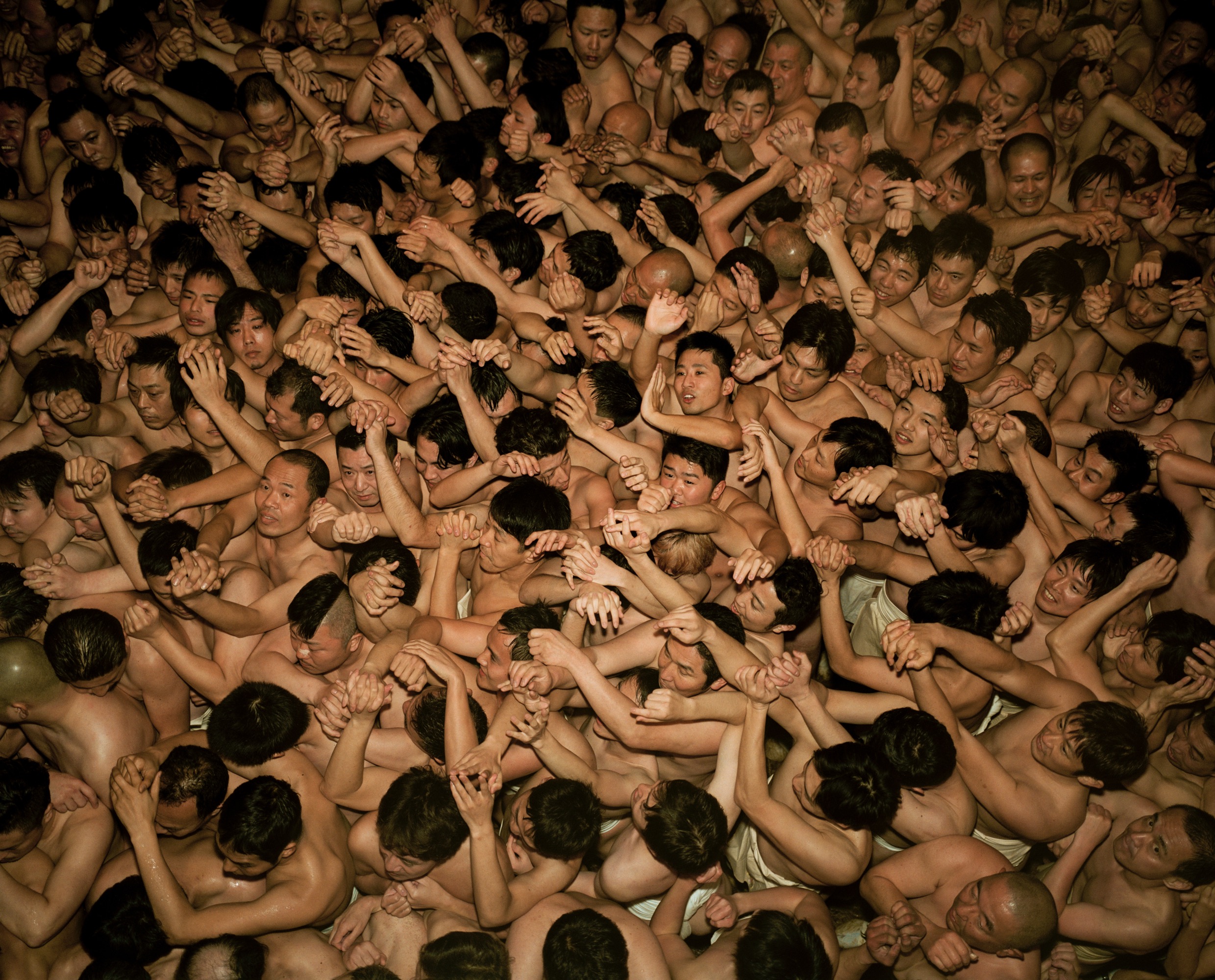M.M.A. -Massive Mesh Ambitions- / Noboru Yasuda, Yosuke Hamasaki, “The Future of Bodies in a New Era” English version also available

A media project to speculate and discuss about GHOST IN THE SHELL “M.M.A. -Massive Mesh Ambitions-”
The theme of ISSUE #01 is “The East.”
Noboru Yasuda, Yosuke Hamasaki, “The Future of Bodies in a New Era” is now available in English.
Here, we are proud to present a conversation with Noboru Yasuda, a Noh theater “waki-yaku” (or supporting actor) of the Shimogakari Hosho style, and Yosuke Hamasaki, an insightful young conservative and critic. As we spoke with the pair, the conversation sprawled from its touchstone—the sensory experiences related to Noh referenced in the film “Ghost in the Shell 2: Innocence”—and onward to debate on the body, tradition, and conservatism in the era of AI. However, we would like to preface this discussion by noting that the “Japanese concept of a body” that comes up throughout is a relationality that attributes spirituality to the body and sanctity to natural environments and is treated as distinct from Christian thinking and perceptions that take these as the effective focuses of “God” and “subjects.” And thus, the primary theme of this conversation emerges: an inquiry into the form that our bodies will take in the AI era and onward, with this distinction in mind.
Despite specializing in Noh theater, the world’s oldest surviving performing art with a history of 650 years, Yasuda has a remarkably diverse background, venturing into different fields ranging from American bodywork known as “Rolfing” to knowledge of classical literature in Japan and China, and even authoring books on 3D CG, games, and the internet. In contrast, Hamasaki is an essayist who has criticized post-war Japanese society since his selection of conservative Japanese thinker Tsuneari Fukuda as the subject of his doctoral thesis, penning works including “Opposition to Postwar Order” (Bungeishunju, 2017) and “Postwar Thinker Essence Series: Yukio Mishima” (NHK Publishing, 2020). Throughout his works, readers can trace the thread of the question of reclaiming “life” and “substance” in the modern era.
And thus, this conversation ranges freely and casually over what we are on the verge of losing amid the increasing uniformity of our information society: irreplaceable uniqueness, individual positions within a greater whole, and our connections with history. What is it like to be ever-changing while persisting? To be kept safe, but evolving toward the new? As our world undergoes the fourth industrial revolution, it must answer such difficult questions. The two have numerous insights for us all as we consider how to find balance while passing through the peaks and valleys of ongoing social change.

